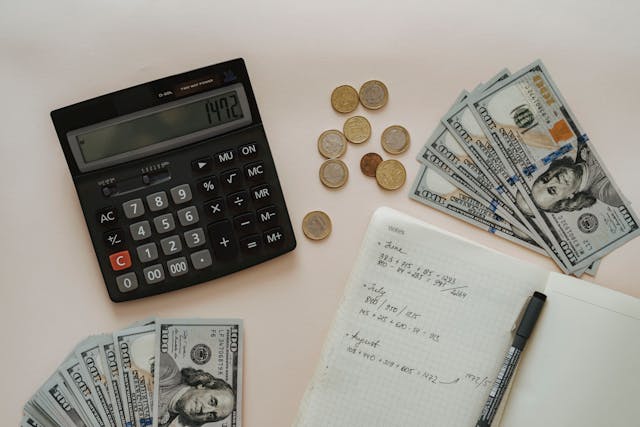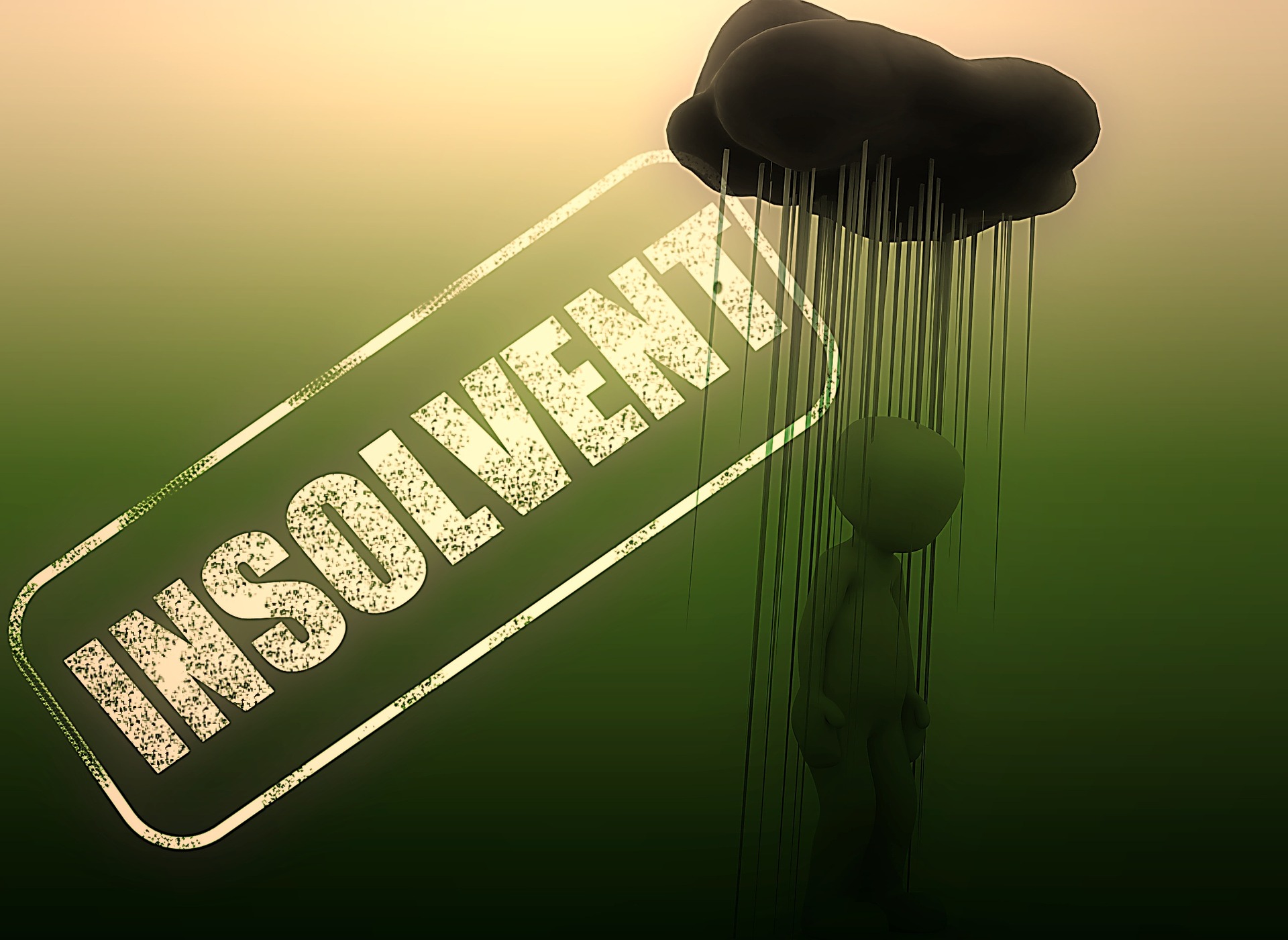Budgeting is the foundation of financial planning. It is the process of creating a plan for your money, taking into account your income and expenses, to help you finally reach your financial goals. A budget can help you manage your money more effectively, make better spending decisions, and save for the future. As a matter of fact, creating a budget is not a one-size-fits-all approach. Everyone’s financial situation and goals are different, so it’s important to create a budget that works for you. So keep on reading if you want to find out how to create a budget that ultimately meets your unique needs while helping you reach your ultimate financial freedom.
Setting Short-Term and Long-Term Financial Goals
 Short-term goals are those you want to accomplish within a year or less, like saving for a vacation or paying off leeching credit card debt. Long-term goals are more extensive, typically spanning five years or more, such as buying a home or retiring comfortably. When setting your financial goals, make sure they are specific, measurable, achievable, relevant, and time-bound (SMART). This framework will aid you in being more focused and motivated along the way.
Short-term goals are those you want to accomplish within a year or less, like saving for a vacation or paying off leeching credit card debt. Long-term goals are more extensive, typically spanning five years or more, such as buying a home or retiring comfortably. When setting your financial goals, make sure they are specific, measurable, achievable, relevant, and time-bound (SMART). This framework will aid you in being more focused and motivated along the way.
Assessing Your Current Financial Situation
Start by gathering all your financial documents – bank statements, bills, and any other relevant information. Take note of your income sources and expenses to get a clear picture of where your money is coming from and where it’s going. Calculate your total debt, including credit card balances, loans, and any other outstanding payments. Understanding how much you owe will help you prioritize which debts to pay off first. Next, assess your assets, such as savings accounts, investments, and property value. Knowing what you own can give you a sense of security and stability. Consider factors like job stability, emergency savings fund, and insurance coverage when evaluating your financial health. Identifying areas for improvement can guide you toward making smarter financial decisions moving forward.
Creating a Budget
 Creating a budget is the key to taking control of your finances. The key here is to be realistic when setting limits for each category to avoid overspending. Consider using budgeting tools or apps to streamline the process and track your spending easily. Remember, a budget is not set in stone – it can be adjusted as needed based on changing circumstances. By creating a detailed and realistic budget, you’ll have better visibility into where your money goes and how you can make improvements over time.
Creating a budget is the key to taking control of your finances. The key here is to be realistic when setting limits for each category to avoid overspending. Consider using budgeting tools or apps to streamline the process and track your spending easily. Remember, a budget is not set in stone – it can be adjusted as needed based on changing circumstances. By creating a detailed and realistic budget, you’ll have better visibility into where your money goes and how you can make improvements over time.
Tracking Your Spending Right
 Tracking your spending makes it easier for you to see where your money is going and identify areas where you can cut back or save more. One way to track your spending effectively is by using budgeting apps or online tools that categorize your expenses automatically. Another method is the good old-fashioned way of keeping receipts and logging expenses in a notebook or spreadsheet. This hands-on approach gives you a tangible record of every dollar spent, making it easier to spot patterns and make adjustments as needed.
Tracking your spending makes it easier for you to see where your money is going and identify areas where you can cut back or save more. One way to track your spending effectively is by using budgeting apps or online tools that categorize your expenses automatically. Another method is the good old-fashioned way of keeping receipts and logging expenses in a notebook or spreadsheet. This hands-on approach gives you a tangible record of every dollar spent, making it easier to spot patterns and make adjustments as needed.
Whether it’s treating yourself to a nice dinner out or splurging on that new gadget, being mindful of how these expenses fit into your overall financial plan is key. Remember, budgeting is not about restricting yourself; it’s about taking control of your finances and working towards your goals. By setting clear short-term and long-term financial objectives, assessing your current situation, creating a realistic budget, and tracking your spending diligently, you can pave the way for financial success.




